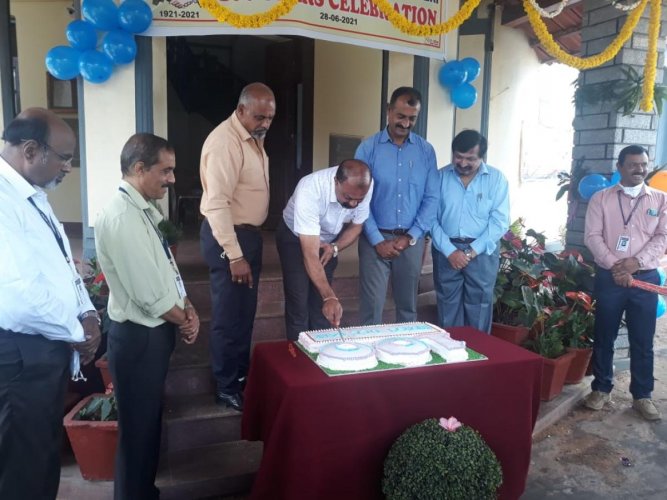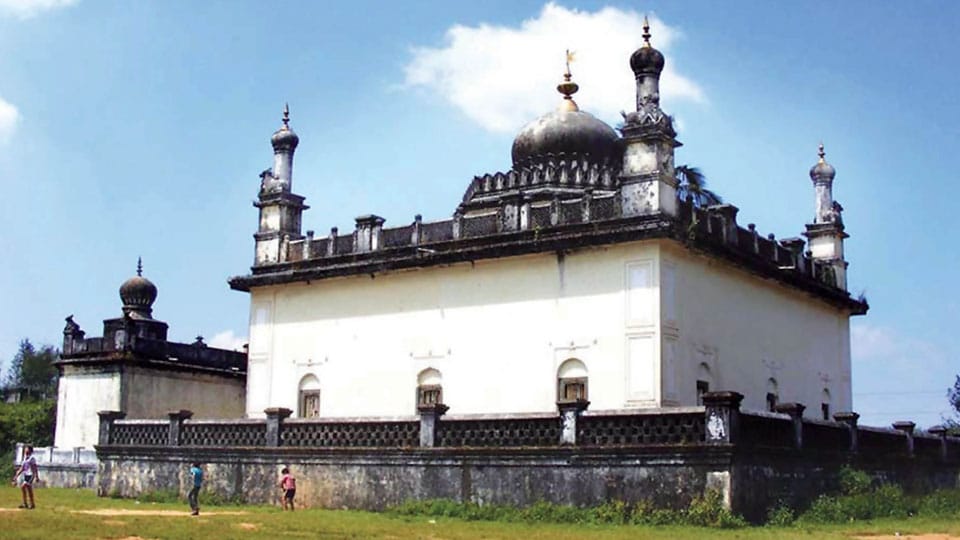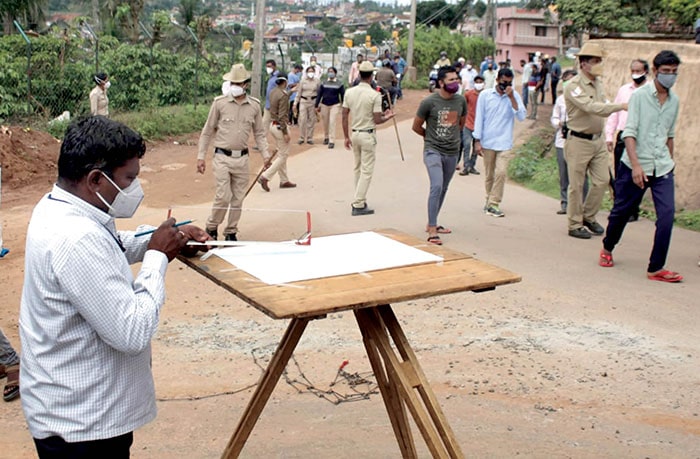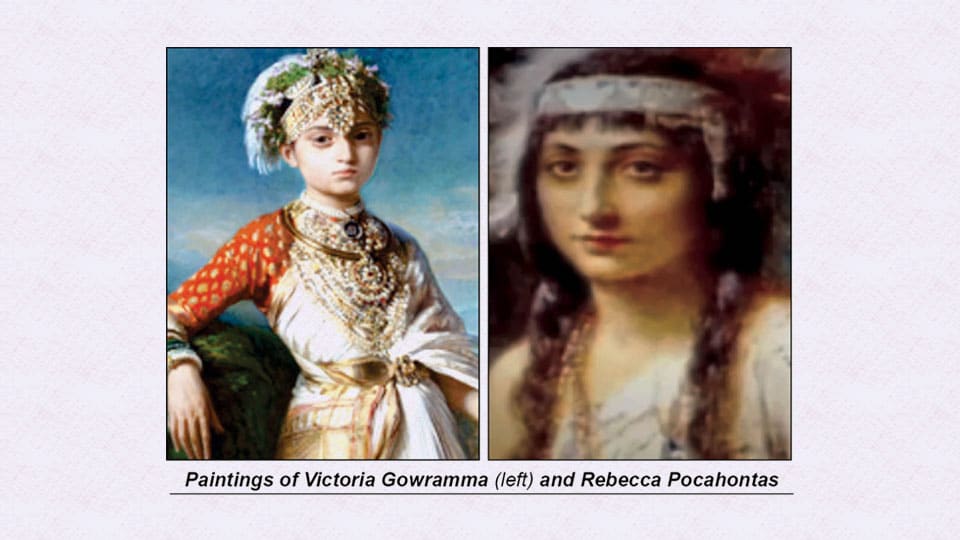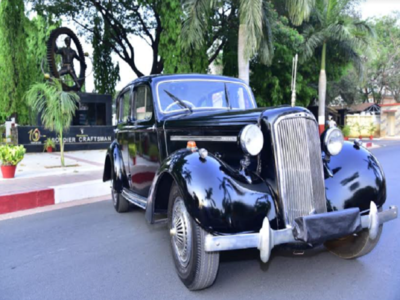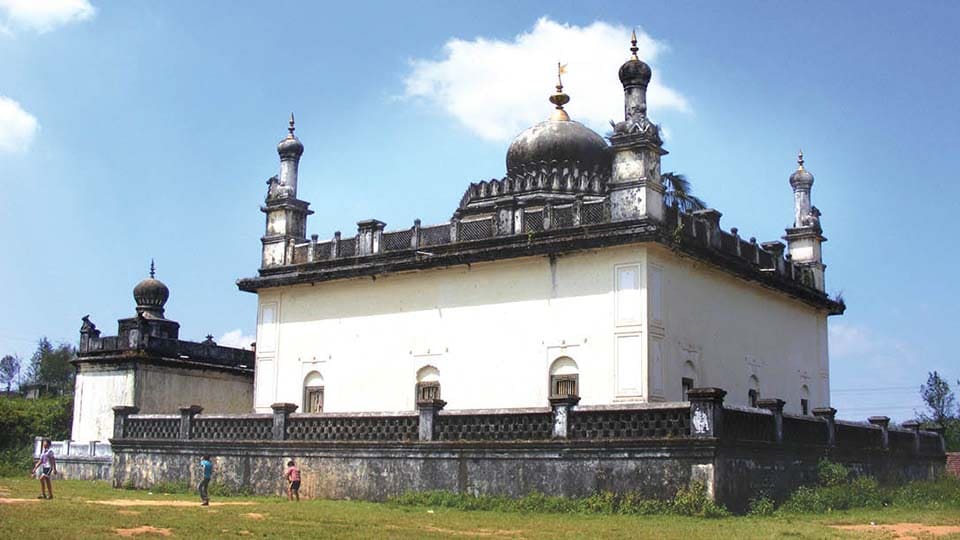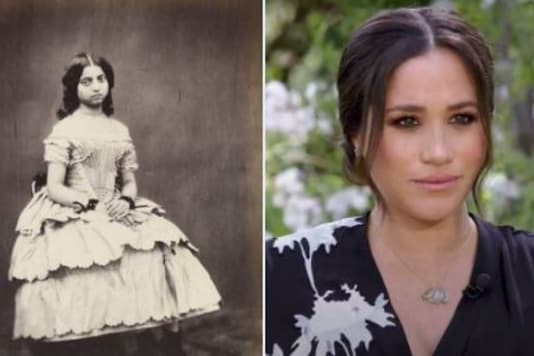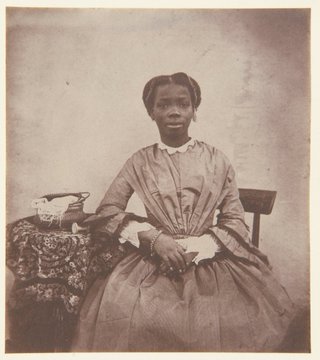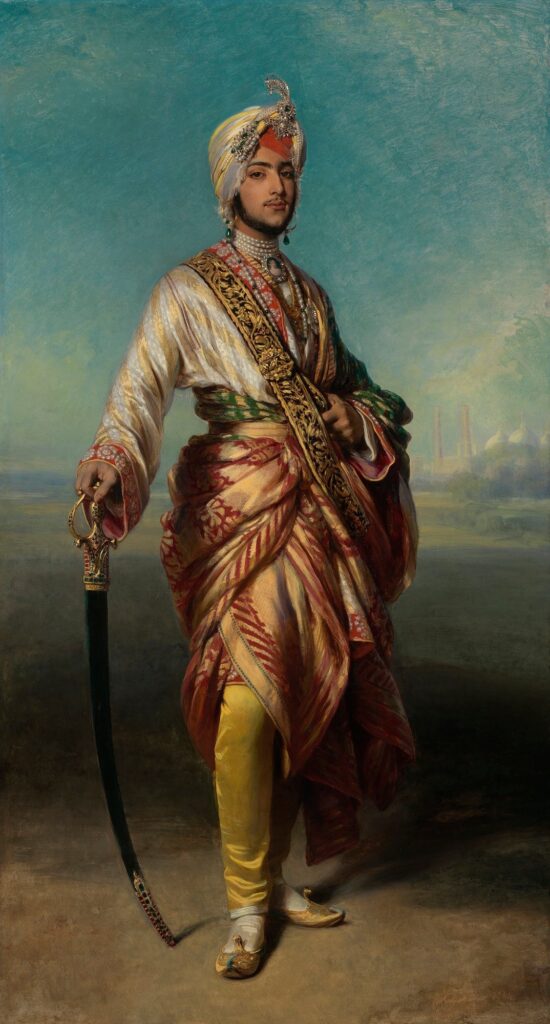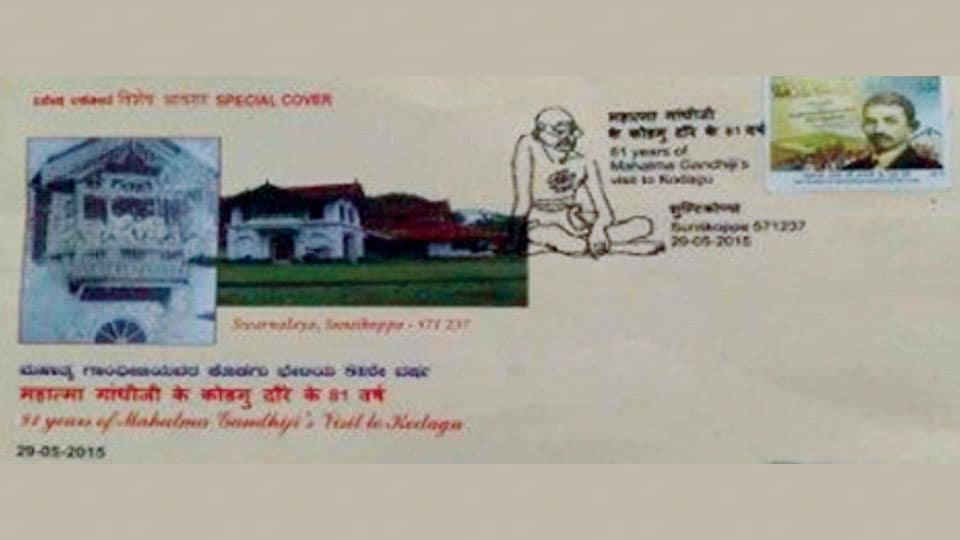Even though the number of the Coorgies in the regiments is coming down, the regiment still holds on to the traditions of the community and takes pride the representing the decedents of river Cauvery on the battlefield.
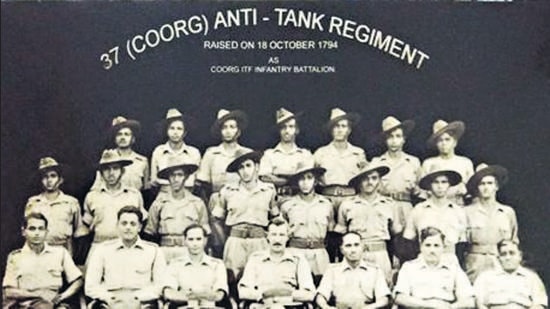
The young officers’ the course is mandatory for all new lieutenants joining the Indian Army, but for a group of handpicked officers belonging to the 37 Coorg Regiment of the army’s artillery arm, the four-week course traditionally gets extended by two more weeks with a visit to Madikeri, a hilly town in Karnataka.
These young officers spend time in the hills learning about the origins of their regiment and the tales of legends like Field Marshal KM Cariappa and General KS Thimayya, who emerged from these very hills.
Even though contested in the modern age, the Indian army’s regiments are formed and named after the communities of the soldiers recruited into these units.
The martial race was a designation that was created by army officials in British India after the Indian Rebellion of 1857, in which they classified castes into two categories, with the ‘martial race’ being typically brave and well-built for fighting. Even now, the Indian Army designates its regiments as Sikh Light Infantry, Gorkha Rifles, Madras Regiment, Rajputana Rifles, and so on.
Even though not familiar within Karnataka, the Kodavas or the Coorgies is considered a marital race and have a regiment named after them – the 37 Coorg Regiment. This is the only regiment for the Kodavas.
The unit traces its origins back to 1794 when it was raised by the British to counter Tipu Sultan’s attack against the Kodava kingdom. Initially raised as infantry, the unit went on to fight against Tipu in the fourth Mysore war, where he was eventually killed.
Until 1901, the regiment was designated as the 11th Madras Infantry and in 1902, the regiment was reorganised, and the basis of recruitment changed from Tamil and Telugu to only Coorg soldiers. The restructured regiment was then renamed the 71st Coorg Rifles in 1903.
The new regiment was given dark green uniforms with scarlet facings. Red fezzes, which were an unusual item of uniform in the Indian Army, are reported to have been worn by the sepoys. Subsequently, described as an ‘in-out-of-the-run’ unit, they were disbanded in 1904 because of insufficient recruits.
In 1942, Coorgs were again recruited into the newly raised 1st Coorg Battalion. Like the 71st Coorg Rifles, the new battalion had a badge incorporating crossed Coorg knives. In 1946, it was converted to the 37 Coorg Anti-Tank Regiment Unit of the Royal Indian Artillery. It is now a part of the modern Indian regiment of artillery and wears the uniform of the artillery.
The regiment’s attachment to the land it represents is such that their war cry is “Cauvery.
Mata ki Jai” (Hail mother Cauvery) since river Cauvery is an integral part of the Kodava culture.
Subedar Major (Retd) KC Kalappa, a retired gunner from the regiment said that it was a matter of pride for the Kodava community to have a regiment in their name, but over the years, the number of recruits from the community is reducing. “In the early 1970s, the regiment had people only from the Kodava community and the community took pride in it. But over the years, the number of recruits is coming down and now the unit consists of soldiers from all four south Indian states,” said Kalappa.
Even though the regiment has recruited from all south Indian states, the regiment maintains the tradition of the Kodava community. For example, on the regiment’s raising day, the officers, and non-commissioned officers, regardless of their ethnicity, wear the traditional ‘Kupya Chale’,which consists of a traditional jacket and headgear. The officers wear Pichangatti (a traditional knife), and instead of handing baton, when a new commanding officer takes over, a Pichangatti is handed over as a sign of change in command.
“I’m a Punjabi but I was the commanding officer of the Coorg regiment for three years and whenever I visit Kodagu, I feel like a Coorgi because of the traditions of the regiment. The house of the commanding the officer is called a Mercara house, named after the Mercara town in the Coorg,” said Major General Sanjay Sharma (retd).
According to Maj Gen Sharma, the unit is so closely affiliated with the Kodagu community that it is a tradition for the unit to take part in the annual hockey tournament in Kodagu. “For the Kodavas, the annual hockey tournament is very important it is part of their culture. In this tournament, various families of Kodagu compete against each other. So, for the past few years, the regiment gives an award for the first goal scored in the tournament and it is a matter of pride for the people because the regiment named after their community is taking an interest,” he said.
Over the years, however, the composition of the unit has changed. According to Maj Gen Sharma, currently, the number of Kodavas is only about 15-20% in the unit, and three other south Indian states fill other vacancies. “Over the years, the number of recruits has come down. But all men of the regiment, whichever state they are from, celebrates all Kodava festivals and call themselves Coorgs with pride,” he said.
Describing the 37 Coorg Medium Regiment as a matter of ‘pride for Karnataka’, ex-Sergeant of the Indian Air Force Mandetira Subramani and the president of VeKare Ex-Servicemen’s Trust (VKET), has emphasised the need to post a few more willing young officers, junior commissioned officers (JCOs) and jawans from the community to the regiment and make it more meaningful. “We are trying to promote the heritage of the unit among the youngsters and trying to get more people to join the regiment and continue the legacy,” said Subramani.
Even though the number of the Coorgies in the regiments is coming down, the regiment still holds on to the traditions of the community and takes pride the representing the decedents of river Cauvery on the battlefield.
source: http://www.hindustantimes.com / Hindustan Times / Home> Explore> India News / by Arun Dev, Bengaluru / August 22nd, 2021
